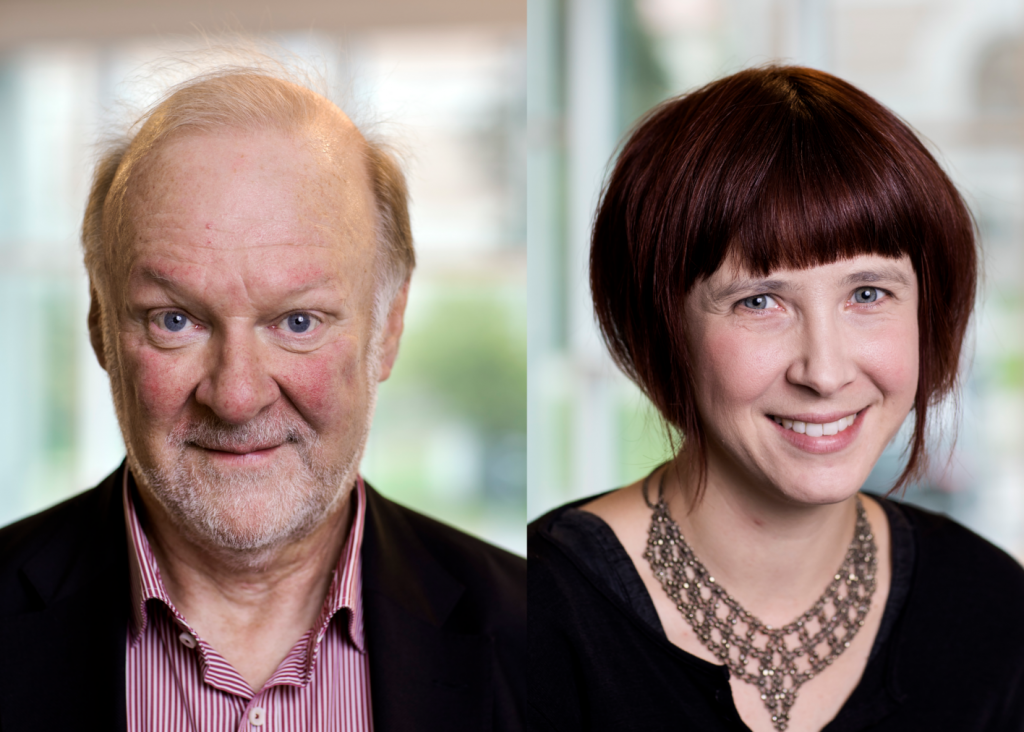
Over the past decades, institutions tasked with auditing public service providers have experienced a remarkable transformation of their portfolio of responsibilities. Supreme audit institutions no longer see their role confined to the identification of issues but work closely with their auditees to drive public management reform. Supreme audit institutions’ new role comes with a caveat, however, say Jon Pierre and Jenny de Fine Licht. In their article “How do supreme audit institutions manage their autonomy and impact? A comparative analysis” published in the Journal of European Public Policy, Jon and Jenny highlight that auditors who engage in continuous dialogue with their auditees are at risk to compromise their autonomy from the latter. Case studies of supreme audit institutions in Australia, New Zealand, Norway and Sweden show how these institutions try to balance autonomy with the need to cooperate with public service providers. Results from their analyses suggest that there appears to be no silver bullet to resolve this dilemma but rather “different blends and logics of auditing that are reflected in different organizational arrangements” to manage the tension between opening-up to external actors and the safeguarding of auditors’ autonomy.